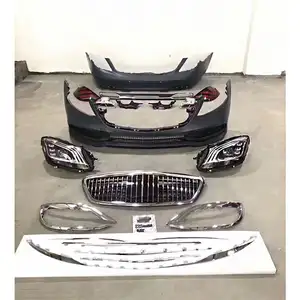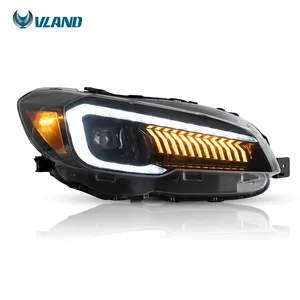Popular in your industry










Related Searches:
























Top categories
About boat cleats
Boat cleats serve a crucial role in the marine industry. They are designed to secure ropes or lines, providing an essential safety function for boats. Boat cleats are not just simple tools; they have evolved over the years into various types, each having unique features and applications. This article will explore the types, applications, features, and materials of boat cleats.
Types of boat cleats
There is a variety of boat cleats available in the market, each designed for a specific purpose. The rope cleat, for example, is a common type often found on sailboats. It is designed to hold the rope securely without the need for tying a knot. Another type is the mooring cleat, an essential piece of equipment for securing a boat to a dock. In contrast, pop up boat cleats are designed to be flush with the deck when not in use, reducing the risk of tripping or snagging lines. Other types include the kayak anchor cleat, used to anchor a kayak securely, and the rope cam cleat, which uses a spring-loaded cam to hold a rope securely.
Applications and features of boat cleats
Boat cleats have a wide range of applications. For instance, stainless boat cleats are often used on larger boats and yachts because of their corrosion resistance and strength. Small boat cleats are suitable for smaller vessels such as dinghies and canoes. Marine cleats, on the other hand, are designed for a variety of marine applications, including securing lines, anchoring, and docking. In contrast, pop up cleats are often used on speedboats and sports boats where a sleek, uncluttered deck is desirable.
Boat cleats are designed for durability, typically crafted from materials like stainless steel, aluminum, or galvanized metal to withstand harsh marine environments. They feature a simple yet functional design, with a T-shaped profile that allows for easy and secure tying of ropes and lines. The cleats are available in various sizes and styles to accommodate different boat sizes and mooring requirements, ensuring versatility for a wide range of docking needs. Many boat cleats also come with a sleek, polished finish, not only providing corrosion resistance but also adding an aesthetic appeal to the boat's hardware.
Materials used in boat cleats
The choice of material for boat cleats is crucial as it determines their durability and resistance to corrosion. Stainless steel boat cleats are among the popular choices as they are resistant to rust and can withstand harsh marine conditions. Stainless steel dock cleats are also popular for their durability and strength. On the other hand, heavy-duty dock cleats are often made of galvanized steel for added strength and durability. There are also plastic boat cleats, which are lightweight and resistant to corrosion, but less durable than their metal counterparts.
Boat cleats are an essential piece of marine equipment, and understanding their types, applications, features, and materials is crucial in making an informed choice. Whether it's a rope cleat for a sailboat or a mooring cleat for a yacht, the right choice can enhance safety and ease of use.




























